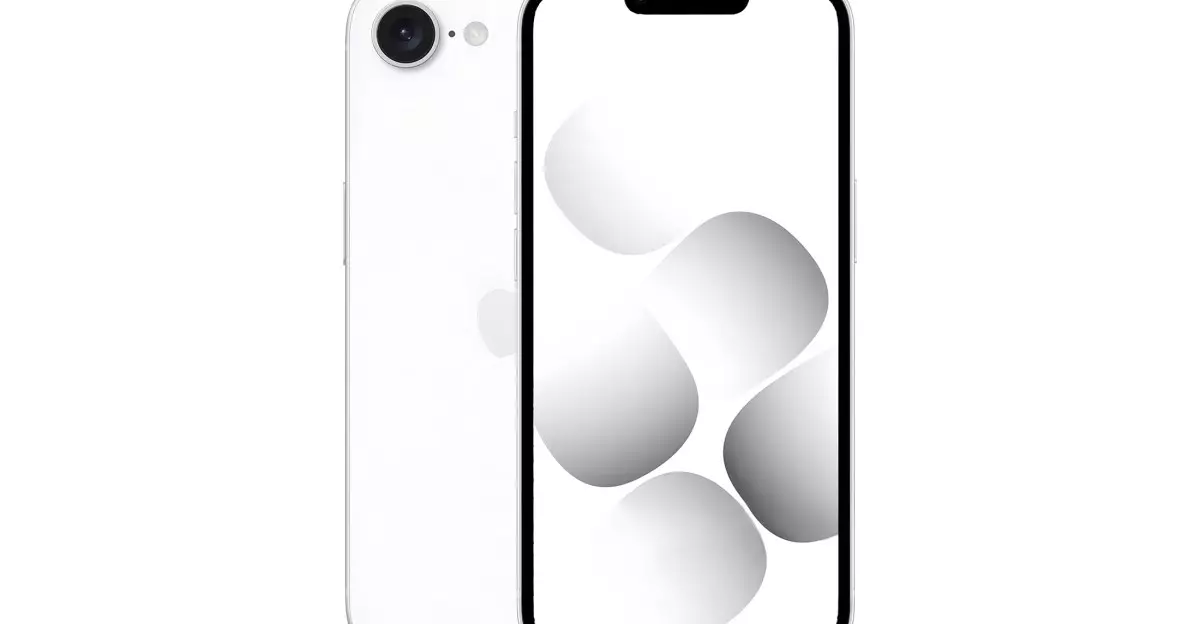The smartphone industry is abuzz with excitement as Apple prepares to unveil its latest addition to the iPhone lineup, rumored to be a budget-friendly model. Touted for its anticipated features such as Face ID and enhanced processing capabilities, this new device could signify a significant shift for Apple in the affordable segment of the market. This article explores the impending announcement and analyzes its potential impact on consumers and the tech landscape.
For years, the iPhone SE line has maintained a familiar design aesthetic, harking back to earlier models characterized by a physical home button and pronounced bezels. However, with the upcoming release, Apple seems poised to make substantial alterations. Reports suggest that the device will abandon the home button in favor of Face ID technology, echoing design elements of the iPhone 14. This step would align the budget model more closely with contemporary design trends, showcasing Apple’s intention to modernize its affordable offerings.
Leaked visual evidence indicates a possible move toward a notched display for the new iPhone, reminiscent of the iPhone 14’s front design. While the adoption of Face ID would place this device in a new technological realm, it appears that the SE will not feature the sleek Dynamic Island cutout found in the Pro variants. This decision could reflect Apple’s attempt to maintain a distinct identity for its SE line while still appealing to a wider audience craving modern functionalities.
Another notable aspect of the upcoming iPhone SE is its camera configuration. Reliable sources suggest that the budget device will utilize a single rear camera—a primary feature of previous SE models. However, there is speculation regarding upgrades in sensor quality, with rumors of a 48-megapixel camera arriving alongside a more modest 12-megapixel front-facing shooter. This setup signals Apple’s commitment to providing solid photographic capabilities without compromising the product’s affordability.
While the transition to a larger display—potentially 6.1 inches—would aid in an enriched user experience when taking photos or viewing media, it also raises questions about the balance between price and performance. Consumers will be keenly interested in how Apple may diversify its offerings in the budget category without alienating its usual customer base that has come to expect high value in their technological investments.
Internally, the new iPhone SE is expected to house the cutting-edge A18 chip, promising enhanced performance capabilities. Analysts speculate that this will allow the device to run Apple Intelligence, the company’s suite of artificial intelligence-driven features that streamline user experience through improved notifications and app interactions. Comparatively, this would not only empower the SE model but also keep it competitive against other brands in the market that offer mid-range smartphones.
The introduction of an in-house 5G modem, albeit a downgraded version compared to current flagship models, still suggests that Apple is committed to keeping its products relevant amidst rapidly evolving technological standards. As the company seeks to phase out Qualcomm components in future devices, the new iPhone SE may serve as a stepping stone, providing users with dependable connectivity at a more accessible price point.
With a projected launch price of around $500, the new affordable iPhone will likely compete against an array of mid-range devices from rival companies. While higher than the previous SE variant, the allure of increased storage options and modern features may justify the price hike for many consumers. Apple is seemingly being strategic by increasing the base storage to 128GB, thereby eliminating 64GB models altogether, which could further cement the SE’s standing in the budget segment.
Moreover, speculation surrounding the possible name change to “iPhone 16E” could signify Apple’s desire to refresh its budget line’s identity. This move might serve to distinguish it from the long-standing SE branding and offer a more modern visage to attract younger consumer demographics.
As anticipation builds for the official announcement of the new iPhone SE, consumers and tech enthusiasts alike are eager to see how Apple reshapes its affordable smartphone offering to meet the dynamic demands of today’s market. The integration of advanced features such as Face ID, a substantial design overhaul, and enhanced specifications reflect Apple’s intent not just to retain existing customers but also to attract new ones in an increasingly competitive landscape.

